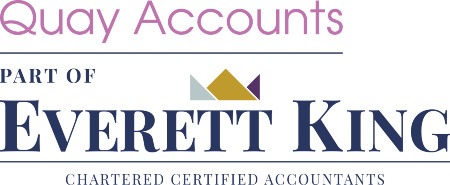With the introduction of IR35 a few years ago the government has been seeking to stop employers employing people on a self-employed basis – when it is the case that they should really be fully employed by the company. In doing this the government is really trying to protect the employee’s interests and rights as an individual.
If you are self-employed and working for one primary employer – you need to think carefully am I really directly employed by the company I work for? The onus here is on the employer, and the employee has to prove to the employer that they are self-employed. So for example if as an employer I have been employing someone self-employed – whereas they really have employed status the HMRC could seek for me to pay PAYE Tax for the individual for the time they were employed. I would then as an employer need to seek the tax from the employee, which could be a drawn out process.
So it’s a big deal for employer and those employed / self-employed.
So what are the criteria – what is it that makes me self-employed or employed in the eyes of the HMRC?
Working out employment status for self-employment:
Someone is probably self-employed and shouldn’t be paid through PAYE if most of the following are true:
- they’re in business for themselves, are responsible for the success or failure of their business and can make a loss or a profit
- they can decide what work they do and when, where or how to do it
- they can hire someone else to do the work
- their employer agrees a fixed price for their work – it doesn’t depend on how long the job takes to finish
- they use their own money to buy business assets, cover running costs, and provide tools and equipment for their work
- they can work for more than one client
- they market themselves as a separate entity to potential clients
Working out employment status for an employee:
Someone who works for a business is probably an employee if most of the following are true:
- they’re required to work regular hours
- they’re required to do a minimum number of hours and expect to be paid for time worked
- a manager or supervisor is responsible for their workload, saying when a piece of work should be finished and how it should be done
- they can’t send someone else to do their work
- the business’s disciplinary and grievance procedures apply to them
- the business provides the materials, tools and equipment for their work
- they only work for the business
If most of these basic criteria do apply, you are regarded as being employed by the company you work for.
So in conclusion a little warning to take on board from all of the above is :
Get your status correct – because individuals and their employers may have to pay unpaid tax and penalties, or lose entitlement to benefits, if their employment status is wrong.
Quay Accounts is well placed to provide advice on any of the above – contact us to talk through your options and review the correct trading structure for your individual requirements.
Read more blogs>>>>
